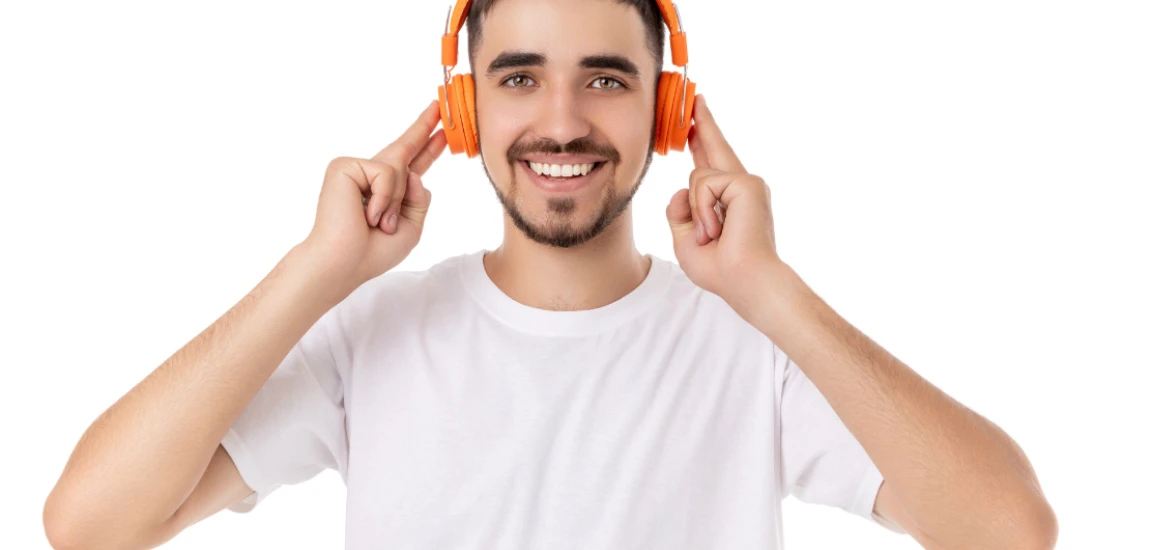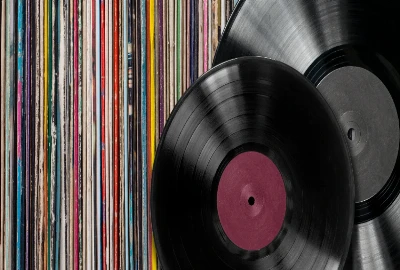Music as a Meme: How TikTok Is Changing the Anatomy of a Hit Song

Once upon a time, hit songs were born on the radio or carefully marketed through record labels and television appearances. But today, success often begins in a 15-second clip on TikTok. The app has revolutionized not only how people discover music but also how artists, producers, and labels design songs to fit a new digital-first, meme-driven culture. This shift has given rise to the concept of music as a meme, where songs don’t just chart because of radio airplay or streaming—they spread like inside jokes, challenges, and cultural moments.
TikTok has blurred the line between music and meme culture. A catchy beat or a relatable lyric can spark a viral trend, turning unknown artists into overnight sensations. Traditional industry gatekeepers still play a role, but increasingly, TikTok users—creators, influencers, and everyday fans—are dictating which songs become global hits. This blog will break down how TikTok is reshaping the anatomy of hit songs, why virality matters more than ever, and what it means for the future of music.
The Rise of TikTok as a Music Powerhouse

From Lip-Sync App to Cultural Force
TikTok started as a platform for lip-sync videos but has quickly evolved into a cultural giant. Today, it’s one of the most influential spaces for music discovery, with billions of users scrolling daily. Unlike radio or Spotify playlists, TikTok pushes content through an algorithm that prioritizes engagement and creativity, giving unknown tracks a fair chance at exposure.
Algorithm-Driven Discoverability
What makes TikTok so powerful for music is its algorithmic fairness. A song doesn’t need a record label to back it; if the snippet resonates with users, the algorithm will amplify it. This democratization of music discovery has led to viral moments for songs across genres—from indie pop to Afrobeat.
Redefining Success Metrics
Before TikTok, success was measured in album sales and streaming counts. Now, virality is just as important. If a song becomes part of a trend, it often translates into millions of streams on Spotify and Apple Music. Labels are increasingly watching TikTok charts alongside Billboard charts.
How Songs Go Viral: The Anatomy of a TikTok Hit

The Power of a Hook
TikTok thrives on short attention spans, which makes hooks the centerpiece of a hit. A single catchy line, beat drop, or danceable riff can be enough to make a song trend. Artists are now deliberately crafting tracks with TikTok-friendly sections designed for looping.
Visual Memes and Trends
Songs don’t go viral in isolation—they’re paired with visual trends, dances, challenges, or comedic skits. For example, a breakup lyric might spark a wave of parody videos, while a bass-heavy beat could fuel a viral dance challenge. The music becomes inseparable from the meme.
Community Participation
TikTok thrives on participatory culture. When users can remix, duet, or reinterpret a song, it encourages widespread adoption. This collaborative element is why certain tracks explode overnight—they become playgrounds for creativity rather than static recordings.
The Impact on Songwriting and Production

Shorter Songs, Bigger Hits
The average length of popular songs has decreased in recent years, in part due to TikTok. Tracks under three minutes with snappy intros and instant gratification perform better on both TikTok and streaming platforms.
Lyrics Built for Virality
Songwriters now consider whether a lyric could work as a meme. Lines that are funny, relatable, or dramatic are more likely to become viral soundbites. A single lyric—like Olivia Rodrigo’s “good for you, you look happy and healthy”—can fuel thousands of TikTok creations.
Beats for Challenges
Producers are also tailoring beats for dances and transitions. A sudden drop, beat switch, or pause in the music makes for perfect content hooks, encouraging creators to sync their moves or edits with the track.
Artists and Labels Adapting to TikTok Culture

Indie Artists Finding Breakthroughs
TikTok has leveled the playing field. Independent musicians can upload songs and, if the track connects, go viral without any label support. Artists like Lil Nas X and Doja Cat became mainstream stars largely through TikTok exposure.
Labels Designing Campaigns for TikTok
Record labels now design marketing campaigns specifically for TikTok. They hire influencers to create trends, encourage challenges, or even subtly seed memes. The focus is less on traditional advertising and more on organic-looking viral content.
Old Songs Making Comebacks
TikTok doesn’t just launch new hits—it revives old ones. Fleetwood Mac’s “Dreams” and Kate Bush’s “Running Up That Hill” gained renewed popularity decades after release thanks to viral TikTok trends, proving that timeless music can find new audiences.
The Business of Virality: Monetization and Streaming

Streams Beyond the App
A viral TikTok song usually translates into massive streaming numbers. Platforms like Spotify and Apple Music report spikes in plays whenever a track trends, which boosts chart positions and revenue for artists.
Sync Licensing Opportunities
Brands and advertisers are also paying attention. A viral TikTok song often gets picked up for commercials, TV shows, or movie trailers, creating new income streams for artists.
Challenges with Monetization
Despite the exposure, TikTok itself pays relatively little for music rights compared to streaming services. This has sparked ongoing negotiations between labels and the platform, raising questions about how artists can fully capitalize on viral fame.
The Cultural Shift: Music as Meme and Identity

Songs as Shared Language
TikTok has turned music into a meme language. Instead of discussing a song’s lyrics, people often reference the dance, skit, or trend it inspired. Music becomes shorthand for shared cultural moments.
Music as Identity Expression
Users often choose songs that align with their personal identity—be it humor, sadness, confidence, or nostalgia. TikTok allows music to become a self-expression tool, woven into everyday storytelling.
Blurring Boundaries Between Genres
Because TikTok trends are driven by communities rather than industry executives, genres blend more freely. A sea shanty, a rap verse, and a K-pop track can all trend simultaneously, showing how meme culture erases traditional musical boundaries.
The Future of Music in a TikTok World

The Rise of AI and Remix Culture
AI tools are making it easier to remix or repurpose tracks for TikTok. This trend will likely expand the definition of “original music,” with mashups and AI-generated sounds competing for attention.
Longevity vs. Flash-in-the-Pan Hits
One criticism of TikTok-driven hits is their fleeting nature. Some songs dominate for a few weeks but fade quickly. The challenge for artists will be transforming viral moments into sustainable careers.
TikTok as the New Gatekeeper
Whether loved or feared, TikTok has become a gatekeeper for the music industry. Labels, artists, and even streaming services are adjusting strategies around it. The future of music is not just about radio or playlists—it’s about memes, trends, and community-driven culture.



